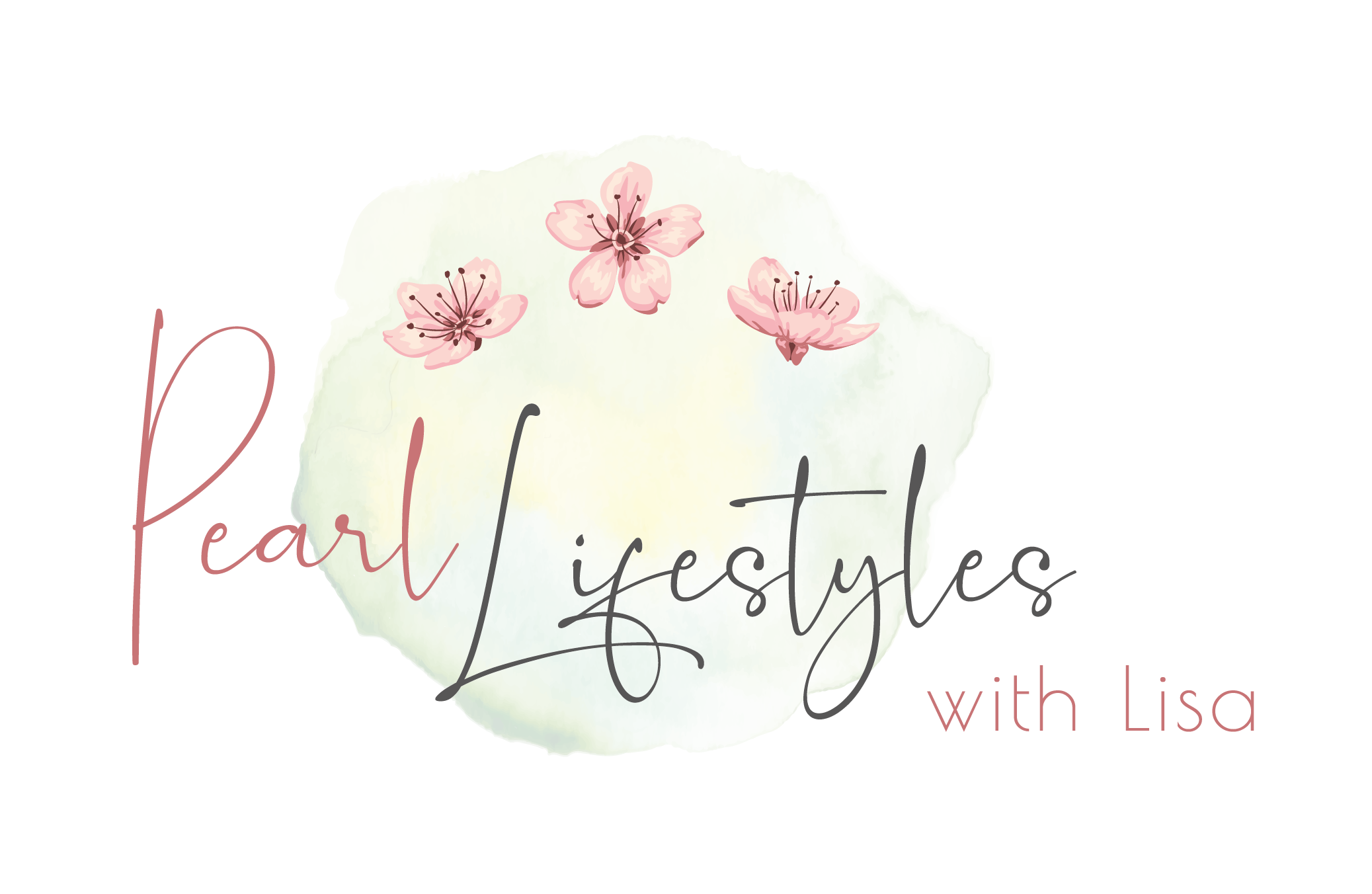We Need to Break the Misconceptions of Domestic Abuse
I remember watching a documentary on domestic abuse a while ago. I was looking forward to watching a programme designed to build a growing awareness of what domestic abuse is.
I was hoping it would bring a better understanding of how it affects the victim and the knock-on effects for the children involved as well as the victim’s family and friends.
I wanted to observe it smashing the confines of common perceptions of when, how, and where domestic abuse happens.
But I was bitterly disappointed. All it did was confirm stereotypes that have been hanging around for far too long. It did little to open up conversations about this pandemic we are struggling to gain control of.
With stats currently showing that 1 in 4 women, and 1 in 6- men have experienced some form of domestic abuse in their lifetime — it’s likely that everyone knows at least one person who has suffered from this insidious, often invisible crime.
And I mean everyone, because, despite what general consensus would have us believe, domestic abuse is not limited to a particular demographic. These misconceptions are preventing people from recognising that they are being abused and stopping people from speaking up and getting the help they need.
Common Misconceptions
It‘s not limited to couples that consist of a man and a woman
The rates of domestic abuse in same-sex relationships are roughly the same as domestic abuse in heterosexual relationships.
Power and control can be exerted by anyone, onto anyone.
It happens within affluent couples too
It’s just not a working-class issue. Many abusers maintain an impeccable reputation within their middle to upper-class circles and turn into a monster when they get home.
It doesn’t stop when you reach a certain age
People of all ages can experience domestic abuse and it becomes harder to leave the older you get and the longer you stay in the relationship. I have had women in their 70s confiding in me about their abusive partners, most of whom have been with them since they were teenagers.
It spans every ethnicity
White, Black, Asian, or Mixed — it happens to people from all ethnic groups. UK stats do show differences between the groups but no group is devoid of domestic abuse.
It doesn’t always involve physical violence
The majority of domestic abuse happens before it turns physically violent. Physical abuse is often the last stage of the cycle when the perpetrator has failed to exert the desired control using other types of abuse.
Some never have to resort to physical violence because they have instilled so much fear into their victims and have broken their self-esteem down to a level that they no longer think for themselves. Violence screams domestic abuse, so the abusers normally use a whole range of more subtle tactics to gain control.
It’s not as simple as “just leave”
Leaving an abusive relationship is the most dangerous time of all and victims need an exit plan to keep them as safe as possible when they leave.
Leaving is often seen as not an option, either because of a lack of knowledge about the support that is available, they are too scared to leave, or they are worried their children will be taken away from them.
Victims are not weak people
They are controlled through fear, manipulated, and broken down, yet they still keep going. They have to deal with the rollercoaster day in and day out. That isn’t weak.
Drink and drugs do not cause domestic abuse
They may exacerbate it but they are not the reason it happens. They didn’t assault the taxi driver or their mates, but they assaulted their partner when they got home and blamed it on being drunk or high. This is not a valid excuse.
Victims do not choose to be with an abusive partner
The person they meet and fall in love with is not an abuser. They are love-bombed and made to believe that these people are kind, generous, loving, and caring. Abuse creeps up on them and before they know it, they are trapped in a never-ending cycle of abuse, toxic love, fear, and confusion.
The abuser does not lose control
They know exactly what they are doing. They are master manipulators and are in complete control. If they aren’t why don’t they abuse their friends, family, or colleagues?
Domestic abuse can happen to anyone because it has nothing to do with the victim and everything to do with the abuser. And abusers, whilst displaying common behaviours, come in all shapes, forms, and disguises.
If we are to ever get on top of this pandemic of intimate partner abuse, we need to get rid of the stereotypes, misconceptions, and stigma that are preventing so many people from obtaining the help and support they need.
But, relying on reactive support alone is not good enough. We need to be more proactive in our attempts to reduce the number of people being hurt in the name of love.
We need to build each other up, work on the relationships we have with ourselves, and promote healthy, loving relationships with others.
There can be life after abuse. I am living proof that you can find true love, freedom, and happiness after domestic abuse. It’s important that current victims know this.
But it’s also important that we start right at the very beginning and educate our children on healthy love — both with others and with themselves.
Prevention is always better than cure.
